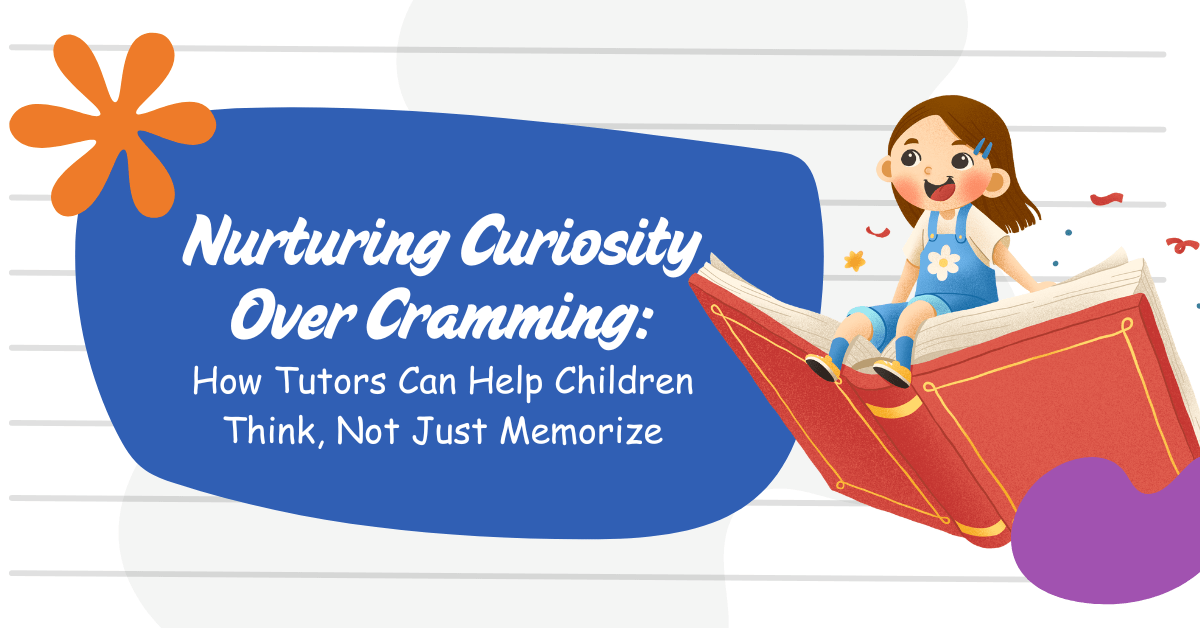Ryan Walter, the firebrand MAGA Superintendent of Schools in Oklahoma, has hired PragerU, a rightwing organization, to develop a test specifically for teachers from California and New York. The test, now under development, is intended to identify teachers with views about gender and patriotism that are unacceptable in Oklahoma.
Oklahoma has a shortage of teachers and lower pay than either of the targeted states. I seriously doubt that teachers from California and New York are flooding in to Oklahoma.
Oklahoma will require applicants for teacher jobs coming from California and New York to pass an exam that the Republican-dominated state’s top education official says is designed to safeguard against “radical leftist ideology,” but which opponents decry as a “MAGA loyalty test.”
Ryan Walters, Oklahoma’s public schools superintendent, said Monday that any teacher coming from the two blue states will be required to pass an assessment exam administered by PragerU, an Oklahoma-based conservative nonprofit, before getting a state certification.
“As long as I am superintendent, Oklahoma classrooms will be safeguarded from the radical leftist ideology fostered in places like California and New York,” Walters said in a statement.
PragerU, short for Prager University, puts out short videos with a conservative perspective on politics and economics. It promotes itself as “focused on changing minds through the creative use of digital media.”
Quinton Hitchcock, a spokesperson for the state’s education department, said the Prager test for teacher applicants has been finalized and will be rolling out “very soon.”
The state did not release the entire 50-question test to The Associated Press but did provide the first five questions, which include asking what the first three words of the U.S. Constitution are and why freedom of religion is “important to America’s identity.”
Prager didn’t immediately respond to a phone message or email seeking comment. But Marissa Streit, CEO of PragerU, told CNN that several questions on the assessment relate to “undoing the damage of gender ideology.”
Jonathan Zimmerman, who teaches history of education at the University of Pennsylvania, said Oklahoma’s contract with PragerU to test out-of-state would-be teachers “is a watershed moment.”
“Instead of Prager simply being a resource that you can draw in an optional way, Prager has become institutionalized as part of the state system,” he said. “There’s no other way to describe it.”
Zimmerman said the American Historical Association did a survey last year of 7th- to 12th-grade teachers and found that only a minority were relying on textbooks for day-to-day instruction. He said the upside to that is that most history books are “deadly boring.” But he said that means history teachers are relying on online resources, such as those from Prager.
“I think what we’re now seeing in Oklahoma is something different, which is actually empowering Prager as a kind of gatekeeper for future teachers,” Zimmerman said.
One of the nation’s largest teachers unions, the American Federation of Teachers, has often been at odds with President Donald Trump ‘s administration and the crackdown on teacher autonomy in the classroom.
“This MAGA loyalty test will be yet another turnoff for teachers in a state already struggling with a huge shortage,” said AFT President Randi Weingarten.
She was critical of Walters, who pushed for the state’s curriculum standards to be revised to include conspiracy theories about the 2020 presidential election.
“His priority should be educating students, but instead, it’s getting Donald Trump and other MAGA politicians to notice him,” Weingarten said in a statement.
Tina Ellsworth, president of the nonprofit National Council for the Social Studies, also raised concerns that the test would prevent teachers from applying for jobs.
“State boards of education should stay true to the values and principles of the U.S. Constitution,” Ellsworth said. “Imposing an ideology test to become a teacher in our great democracy is antithetical to those principles.”
















